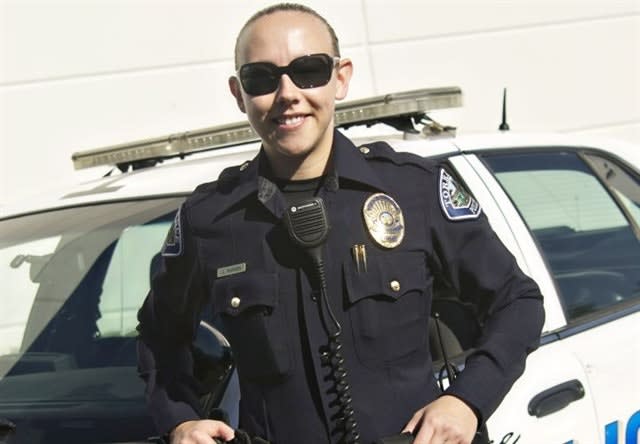After completing our field training and probation, we soon realize there are numerous specialized units in a police or sheriff's agency. Even at smaller agencies, you will have opportunities to join specialized units that may not operate full time.
Don't let the fact that you're at a small agency discourage you. Keep your options open even though officers promoted to these units rarely leave. Once you arrive, you may be able to spend your career with the unit.
While going through the academy, I was focused on patrol and being a first responder. I didn't think much about getting into the specialty units. In the early 1980s, there were few females on patrol so there were opportunities in multi-agency task forces. These assignments were not full-time and were expected to be done in addition to an officer's patrol schedule.
My first offer to participate was in a narcotics task force as a drug dealer's girlfriend. I didn't do much, just sat in the vehicle on scene for appearance purposes, but it was a start. Even though my part was small, I was there as the team planned and prepared the operation. I was on scene and watched the team initiate, complete, and clear the operation.
This may not sit well with some female officers today, but at the time I was glad to participate if for no other reason than to watch and learn from the experienced officers. I realized early on that you can't get that from a book. After that I was offered other assignments as they became available, and as time went by I was given more responsibilities and began to find my niche.












